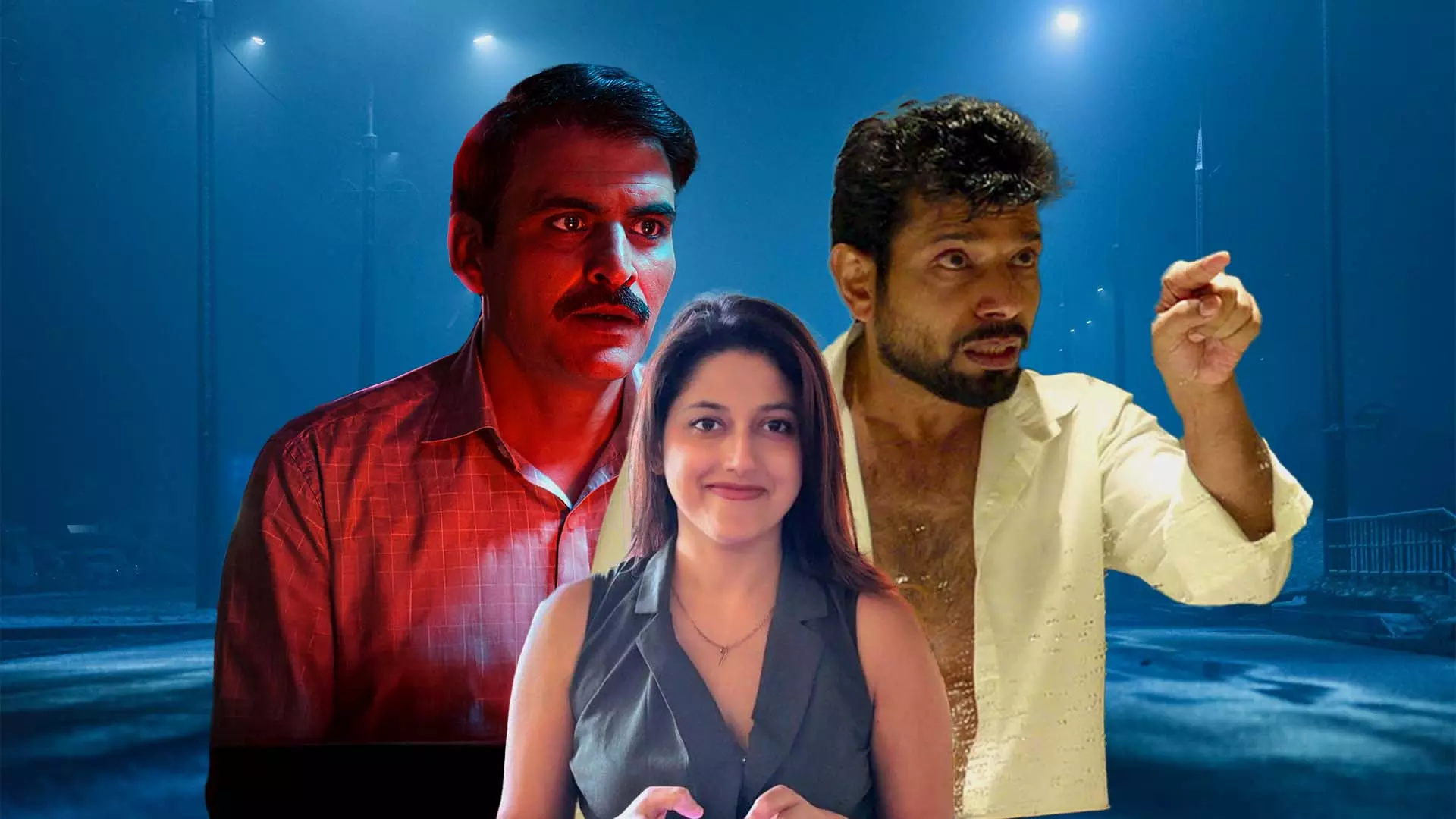
Gigolos in OTT
OTT romances gigolos but keeps women sex workers trapped in brothels
OTT shows are portraying male escorts glossy, glamorous, while women in sex work are still depicted in brothels or crisis. Why this stark gap?

A curious trend is unfolding on OTT platforms. Recently, I watched Tribhuvan Mishra CA Topper (2024), a series about a chartered accountant who becomes a male escort to survive the banking crisis. Soon after, Rangeen (2025) premiered, with its protagonist entering escort work out of revenge and self-discovery.
Both shows share a similar portrayal — male escorts are witty, charming, sometimes even heroic, navigating love, money, and survival. This raises a question: why do men in sex work get the glamorous modern treatment, while women are almost always trapped in narratives of victimhood and tragedy?
From Sanjay Leela Bhansali’s film Gangubai Kathiawadi (2022) to his period drama series Heeramandi (2024), stories of women sex workers remain bound to brothels, exploitation, and trauma. Rarely do they get to be modern, free, or funny on screen.
Different lenses
Film critic Aseem Chhabra points out that cinema has long burdened women sex workers with sadness. “There was a lot of sadness associated with those female sex workers. As compared to that, male sex workers are a very new phenomenon in Indian cinema and OTT platforms,” he said.
Chhabra, author of bestselling and critically acclaimed books like Shashi Kapoor: The Householder, the Star (2016), Priyanka Chopra: The Incredible Story of a Global Bollywood Star (2018) and Irrfan Khan: The Man, the Dreamer, the Star (2020), recalls BA Pass, released about 15 years ago, which showed a young man turning to escort work in Delhi. He believes the novelty of male escorts on screen has led to a lighter, more positive treatment.
In both recent shows, Tribhuvan Mishra CA Topper and Rangeen, the male characters live in today’s world, with complex motivations and human flaws. They are allowed agency, humour, and even heroism. Their sexuality is playful, not tragic.
Women bound to pain
By contrast, female sex workers on screen remain tethered to history and suffering. Heeramandi explores courtesans in fading cultural settings. Gangubai Kathiawadi portrays resilience but still within a brutal world of exploitation.
“Female characters were boxed in for the longest time,” Chhabra said. “Their lives were miserably sad. They often could not be with their children, and were mistreated by clients as well as madams of brothels.”
Films like Muzaffar Ali’s Umrao Jaan (1981) reflect this pattern — beautiful performances overshadowed by deep sorrow. Even when their stories inspire, they remain bound to oppression rather than empowerment.
Curiosity and male sexuality
Audiences, Chhabra argues, are also more curious about male sexuality on screen. “Male sexuality, even straight male sexuality, is very rarely explored in Indian cinema. If it’s being explored with a good-looking well-known actor, people are definitely much more curious,” he explained.
OTT platforms, despite their freedom, reflect this imbalance. Male escorts become humanized, even lovable, while women are still burdened with trauma. This mirrors society’s discomfort with women’s sexuality and the stigma attached to female sex work.
A chance for change
As Indian OTT content grows, there is a chance to rewrite these stereotypes. Male escorts are being shown as modern, flawed, and funny. Why not female sex workers too?
If storytelling continues to deny women sex workers the same complexity, humour, and agency, it not only limits their humanity but also narrows Indian cinema itself. Perhaps the real change will come when we stop deciding whose stories deserve freedom — and whose remain trapped in tragedy.
The content above has been transcribed from video using a fine-tuned AI model. To ensure accuracy, quality, and editorial integrity, we employ a Human-In-The-Loop (HITL) process. While AI assists in creating the initial draft, our experienced editorial team carefully reviews, edits, and refines the content before publication. At The Federal, we combine the efficiency of AI with the expertise of human editors to deliver reliable and insightful journalism.

